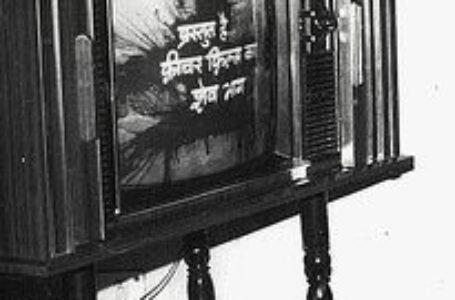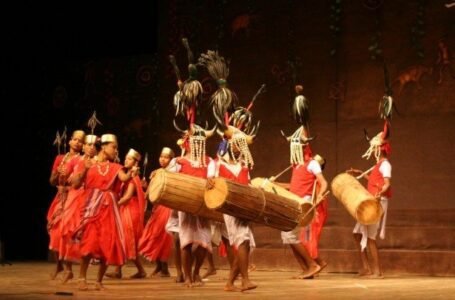Kathak – The Graceful Art of Banaras Gharana
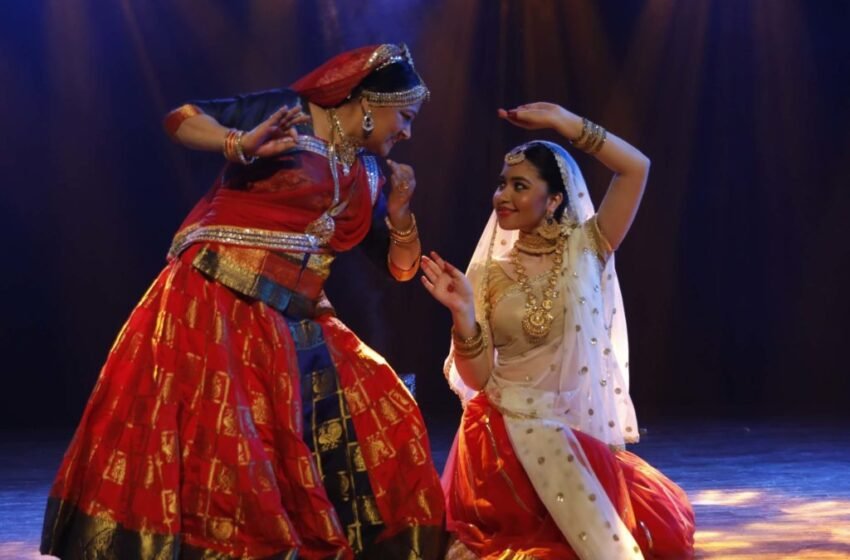
INTRODUCTION
Banaras Gharana, a prominent school of Indian classical dance, has its roots in the ancient city of Varanasi, also known as Banaras. This dance form evolved in the 19th century under the patronage of the royal family of Kashi and combines elements of Kathak, Bharatanatyam, and Manipuri styles. Banaras Gharana is known for its graceful and fluid movements, intricate footwork, and subtle expressions that focus on abhinaya, or expressive storytelling.
Throughout its history, the Banaras Gharana has produced many notable dancers, including Sitara Devi, Birju Maharaj, and Shovana Narayan. Today, a new generation of dancers is keeping this rich tradition alive by preserving and evolving the Banaras Gharana style. In this blog post, we will delve deeper into the history, characteristics, and notable performers of the Banaras Gharana. Join me as we explore the mesmerizing world of Banaras Gharana and its contribution to Indian classical dance.
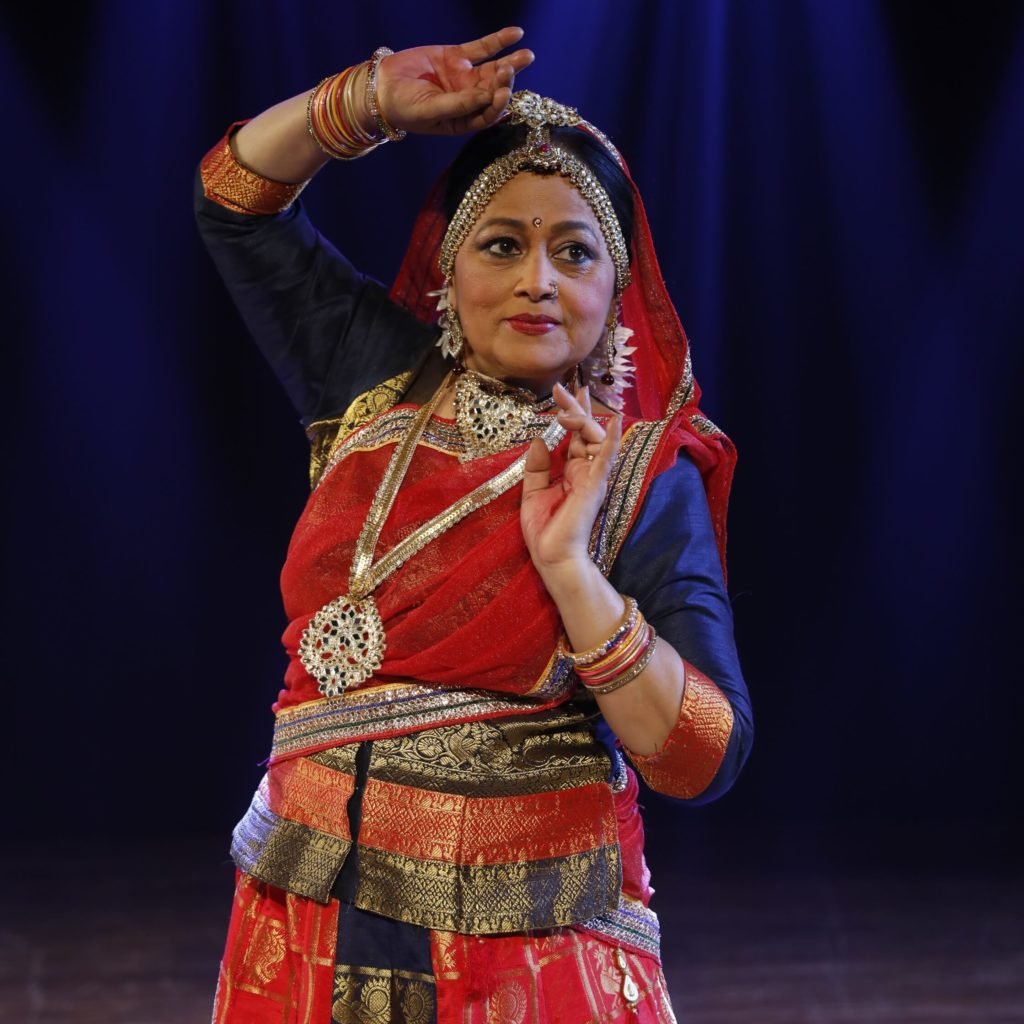
ORIGIN OF BANARAS GHARANA
Banaras Gharana, also known as Kashi Gharana, traces its origins to the royal court of Kashi in the 19th century. During this time, the royal family of Kashi patronized several art forms, including music, dance, and poetry, and provided a platform for artists to showcase their talents.
It is believed that Banaras Gharana evolved from the fusion of various dance styles, including Kathak, Bharatanatyam, and Manipuri, which were popular in different parts of India. The dancers of Banaras Gharana developed a unique style by combining the technical precision of Kathak, the fluid movements of Manipuri, and the graceful postures of Bharatanatyam.
One of the early pioneers of the Banaras Gharana was the legendary dancer, Pandit Kalka Prasad, who trained under the royal patronage of the Kashi Naresh (King of Kashi). He was known for his innovative choreography and his ability to incorporate complex rhythmic patterns into his performances.
Over time, the Banaras Gharana evolved further, with several prominent dancers and choreographers contributing to its development. Today, it is considered one of the major schools of Indian classical dance, and its influence can be seen in many contemporary dance forms.
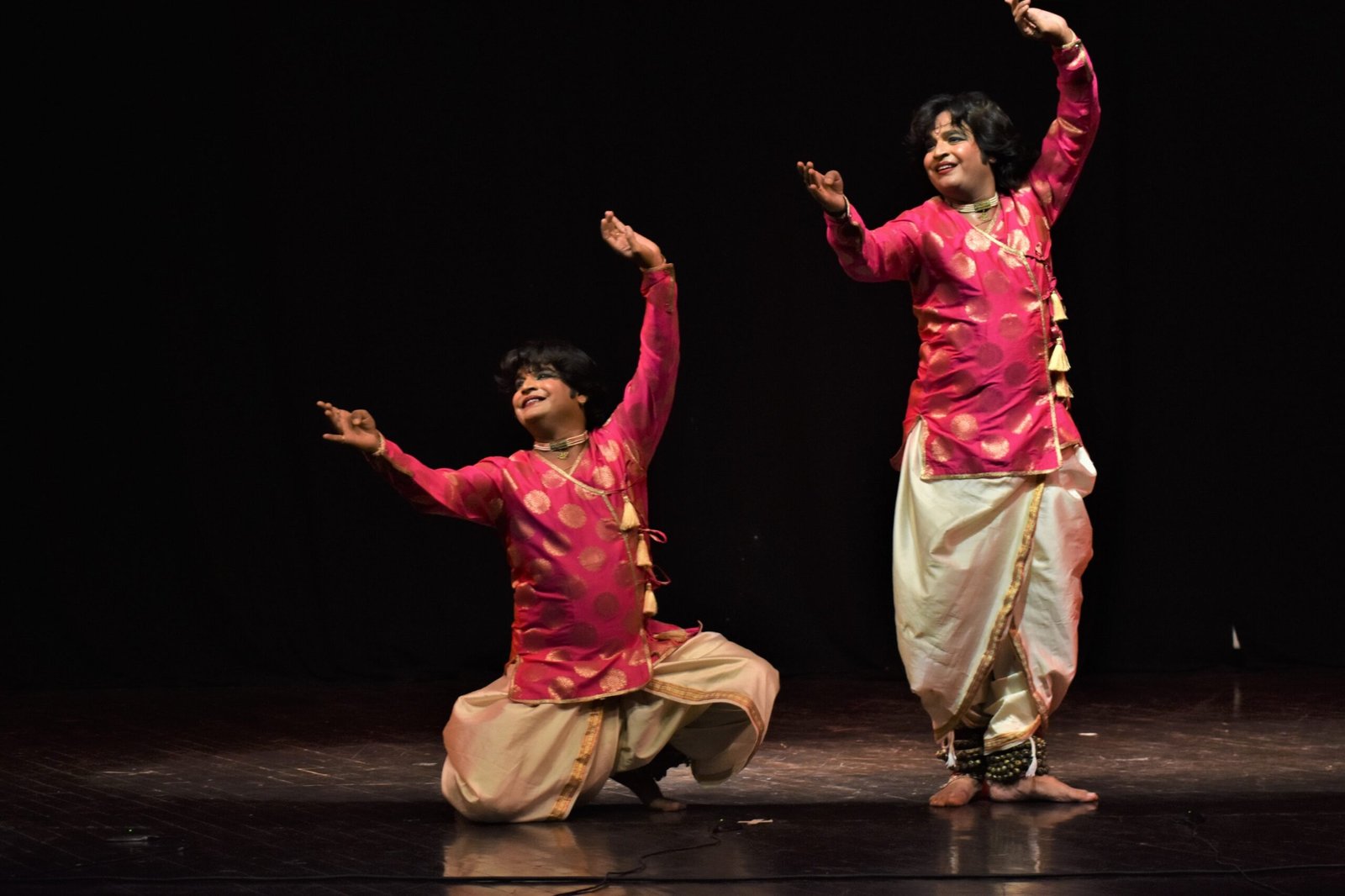
LEADER OF OF BANARAS GHARANA
Banaras Gharana has produced several notable dancers who have contributed significantly to the development and popularization of this dance form. Here are some of the prominent leaders of Banaras Gharana:
- Pandit Kalka Prasad – He was one of the earliest pioneers of the Banaras Gharana and is credited with developing many of the distinctive features of this dance style.
- Sitara Devi – She was a legendary dancer who trained under Pandit Kalka Prasad and went on to become one of the most celebrated performers of Indian classical dance. She was known for her graceful movements, powerful expressions, and innovative choreography.
- Pandit Birju Maharaj – He is one of the most famous practitioners of the Banaras Gharana and has won numerous awards and accolades for his contributions to Indian classical dance. He is known for his technical mastery, creative choreography, and ability to convey complex emotions through his performances.
- Shovana Narayan – She is another prominent dancer of Banaras Gharana who has gained widespread recognition for her performances. She is known for her fluid movements, intricate footwork, and expressive storytelling.
- Vidha Lal – She is a rising star of Banaras Gharana and is known for her innovative choreography and dynamic performances. She has performed extensively in India and abroad and has won several awards for her contributions to Indian classical dance.

These are just a few of the many talented dancers who have contributed to the development and popularity of Banaras Gharana. Today, a new generation of dancers is carrying forward this rich tradition and ensuring its survival for future generations.
TYPES OF BANARAS GHARANA
Banaras Gharana is primarily known for its contribution to Indian classical dance, and there are different types of dance forms that fall under the umbrella of Banaras Gharana. Here are some of the main types of Banaras Gharana:
- Kathak: Banaras Gharana has a strong influence on Kathak, a North Indian classical dance form. The gharana has contributed significantly to the development of Kathak and is known for its intricate footwork, graceful movements, and expressive storytelling.
- Thumri: Thumri is a semi-classical vocal form that originated in the Awadh region of North India. Banaras Gharana has contributed to the development of Thumri and is known for its emotive singing style and intricate melodic patterns.
- Holi: Holi is a spring festival that is celebrated across India, and Banaras Gharana has developed a unique dance style that is performed during Holi. The dance incorporates elements of Kathak and is characterized by its playful and energetic movements.
- Chaiti: Chaiti is a semi-classical vocal form that is associated with the spring season. Banaras Gharana has contributed to the development of Chaiti and is known for its emotive singing style and complex melodic patterns.
- Bhajan: Bhajan is a devotional song form that is popular across India. Banaras Gharana has developed a unique style of singing Bhajans that is characterized by its emotive and soulful renditions.
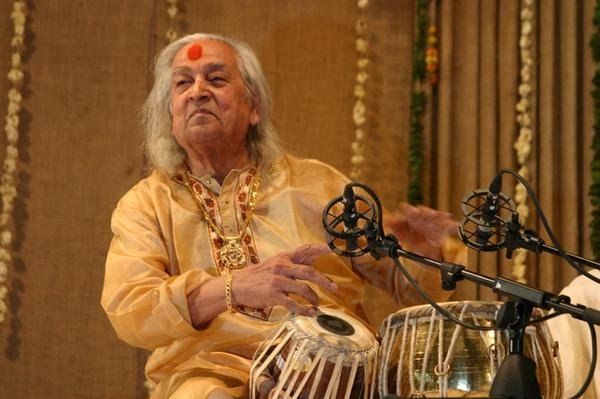
These are some of the main types of Banaras Gharana, each with its unique characteristics and contributions to Indian classical art forms. The gharana continues to evolve and flourish under the guidance of talented artists and performers.
FEATURES OF BANARAS GHARANA
Banaras Gharana is known for its distinctive features that set it apart from other Indian classical dance forms. Here are some of the key features of Banaras Gharana:
- Graceful movements: Banaras Gharana is characterized by its graceful movements and fluid postures. Dancers of Banaras Gharana are known for their elegant footwork, graceful hand gestures, and smooth transitions between different movements.
- Emotive storytelling: Banaras Gharana places a strong emphasis on emotive storytelling through dance. Dancers use facial expressions, hand gestures, and body language to convey complex emotions and narratives.
- Complex footwork: Banaras Gharana is known for its complex footwork, which involves intricate rhythmic patterns and rapid movements. Dancers of Banaras Gharana are highly skilled in executing complex footwork with precision and speed.
- Innovative choreography: Banaras Gharana is known for its innovative choreography, which incorporates elements of different dance forms and musical traditions. Choreographers of Banaras Gharana are known for their ability to create new and unique movements that showcase the versatility and creativity of this dance form.
- Collaboration with music: Banaras Gharana is closely linked with music, and dancers often collaborate with musicians to create new compositions and performances. The gharana has contributed significantly to the development of Indian classical music, and its dancers are known for their ability to integrate music and dance seamlessly.
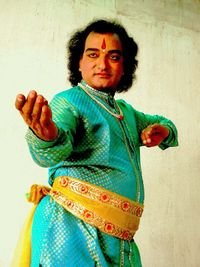
Overall, Banaras Gharana is a highly expressive and versatile dance form that incorporates elements of storytelling, music, and complex movements. It continues to evolve and flourish, with new generations of dancers and choreographers contributing to its rich tradition.
FAMOUS ARTIST OF BANARAS GHARANA
Banaras Gharana has produced several famous artists who have made significant contributions to Indian classical dance and music. Here are some of the most prominent artists associated with Banaras Gharana:
- Pandit Birju Maharaj: He is one of the most famous practitioners of the Banaras Gharana and is known for his technical mastery, creative choreography, and ability to convey complex emotions through his performances. He has won numerous awards and accolades for his contributions to Indian classical dance.
- Sitara Devi: She was a legendary dancer who trained under Pandit Kalka Prasad and went on to become one of the most celebrated performers of Indian classical dance. She was known for her graceful movements, powerful expressions, and innovative choreography.
- Shovana Narayan: She is another prominent dancer of Banaras Gharana who has gained widespread recognition for her performances. She is known for her fluid movements, intricate footwork, and expressive storytelling.
- Pandit Kalka Prasad: He was one of the earliest pioneers of the Banaras Gharana and is credited with developing many of the distinctive features of this dance style.
- Vidha Lal: She is a rising star of Banaras Gharana and is known for her innovative choreography and dynamic performances. She has performed extensively in India and abroad and has won several awards for her contributions to Indian classical dance.
These artists, among many others, have helped shape and popularize Banaras Gharana, and their contributions continue to inspire new generations of dancers and musicians.
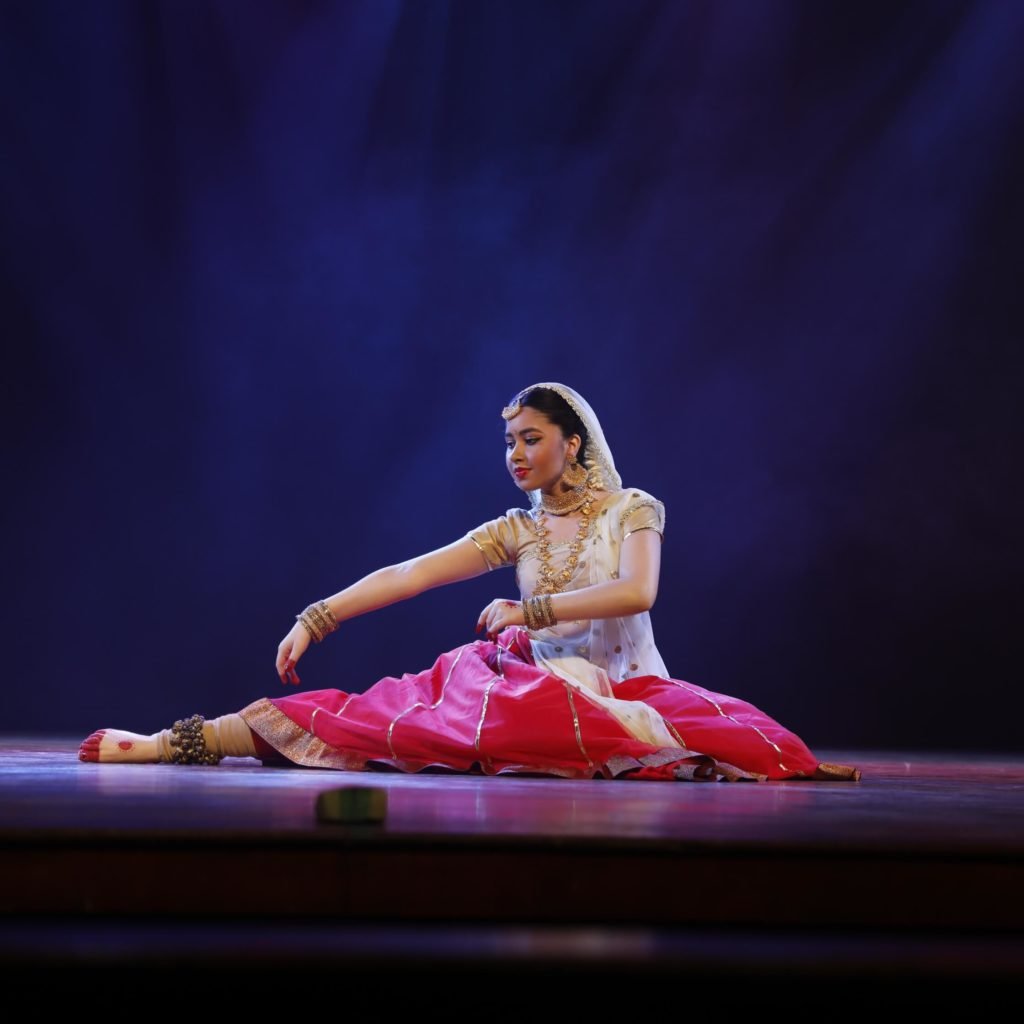
CURRENT SCENARIO
Banaras Gharana continues to be a vibrant and evolving tradition in Indian classical dance and music. Today, there are many talented artists who are carrying forward the legacy of this gharana and introducing new innovations and interpretations.
One notable development in recent years has been the increasing use of technology to showcase Banaras Gharana to wider audiences. With the rise of social media platforms and online performances, artists are able to reach a global audience and share their art with people all over the world.
At the same time, Banaras Gharana has faced some challenges in the modern era. One of the biggest challenges is the declining interest among younger generations in traditional Indian classical art forms. This has led to a shortage of trained artists and a lack of opportunities for those who do pursue careers in dance and music.
Despite these challenges, Banaras Gharana remains a vibrant and dynamic tradition that continues to inspire and captivate audiences around the world. With its rich history, distinctive features, and talented practitioners, Banaras Gharana is sure to remain an important part of Indian classical art for generations to come.

CONCLUSION
Banaras Gharana is a rich and vibrant tradition of Indian classical dance and music that has made significant contributions to the development of Indian art and culture. With its distinctive features, emotive storytelling, and complex footwork, Banaras Gharana has captivated audiences around the world and inspired generations of artists.
Although Banaras Gharana faces some challenges in the modern era, including a declining interest among younger generations, it continues to evolve and flourish. Through innovative choreography, collaborations with musicians, and the use of technology, artists are finding new ways to share their art with wider audiences and keep the tradition alive.
Overall, Banaras Gharana is a testament to the rich cultural heritage of India and the enduring power of classical art forms to inspire, connect, and transform. As new generations of artists continue to build on the legacy of this gharana, we can look forward to even more innovative and inspiring performances in the years to come.
